When you think of Nepal, chances are that you picture the highest mountain peak in the world, Mount Everest, or perhaps you’re imaging visiting Lumbini, the birthplace of Gautama Buddha, or partaking in a festival at one of the region’s pilgrimage sites honoring the multitude of religions and cultural traditions.
Bordered by India to the south, east, and west and China to the north, this South Asian country is a landlocked nation; however, Nepal possesses amazing lakes and mountain ranges, the most famous being the Himalayas.
Contents
Most Dangerous Cities in Nepal
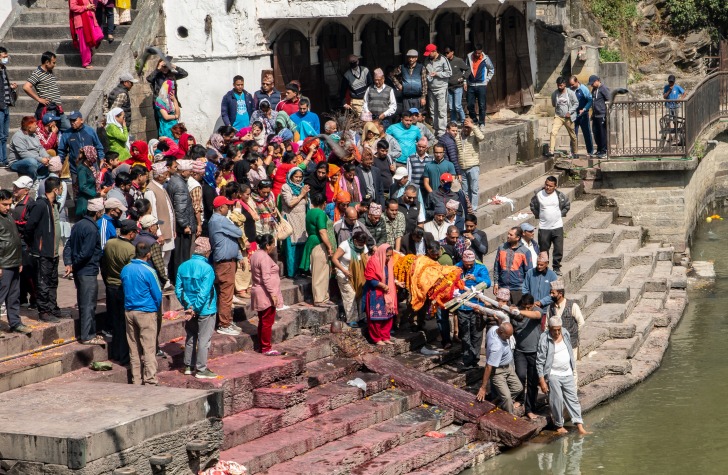
Kathmandu
Nepal’s capital and largest municipality, Kathmandu, is also the entry point for many to visit Nepal, a natural focal and gathering point for locals and the fulcrum of Nepal’s economy.
However, despite all the modern facilities, Kathmandu has the highest crime rate in the country.
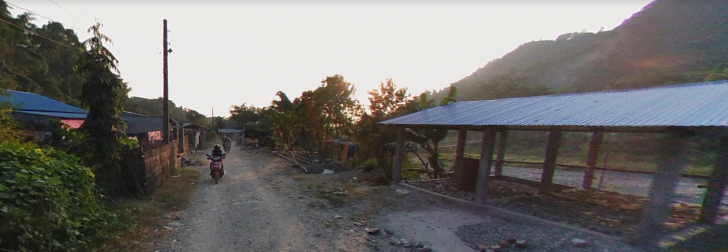
Sunsari
Sunsari has earned the dubious distinction of being Nepal’s second most dangerous city, with the second-highest crime rate.
Sunsari lies on the Terai-Madhesh plain, spread out over an area of 1,257 square kilometers, and has 37 VDCs, nine municipalities, and, unfortunately, according to police reports, high kidnap and murder rates.
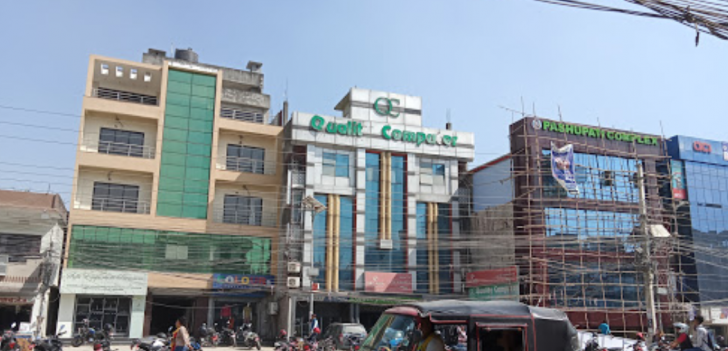
Jhapa
Jhapa is a Terai district in province No.1 in Eastern Nepal, covering 1,606 square kilometers, with Chandragiri being the headquarters of the Jhapa district.
Jhapa borders the Ilam district in the north, the Morang district in the west, and India in the south and the east.
Famous for its micro-credit development, Jhapa has 37 VDCs and 8 Municipalities.
But unfortunately, drug dealing, as well as extortion, are also high in Jhapa.
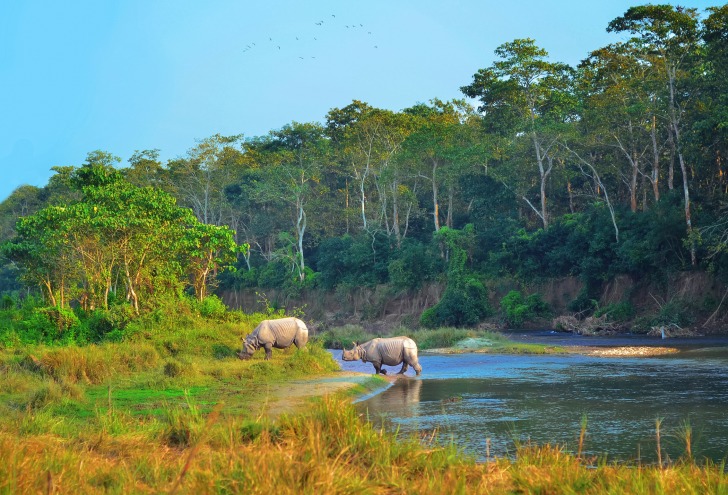
Chitwan
One of Nepal’s largest districts, Chitwan, is also a commercial, service, and tourism center of central-south Nepal.
The fifth largest city, Bharatpur, is the headquarter of Chitwan district, and Chitwan has 30 VDCs, 7 Municipalities, and 1 Sub-Metropolitan city.
The Chitwan district lies in the southwestern part of province No.3 and covers an area of 2,238.39 square kilometers.
Be aware that the crime rate in Chitwan is also high and includes kidnapping and drug dealing.
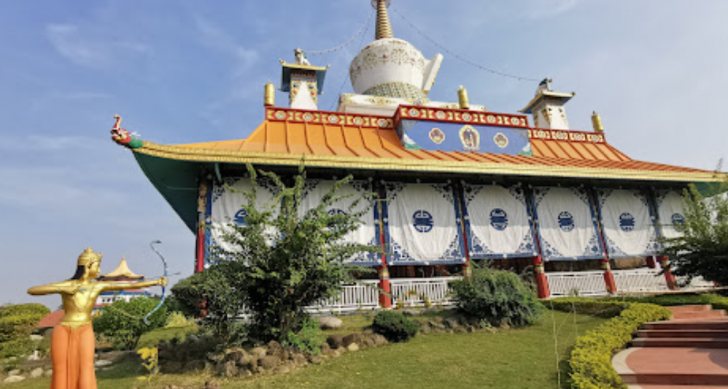
Rupandehi
Despite being the birthplace of Nepal, Rupandehi is statistically considered one of Nepal’s most dangerous cities.
The Rupandehi district covers an area of 1360 square kilometers and is a part of province No.5.
Rupandehi has 48 VDCs, 5 Municipalities, and 1 Sub-Metropolitan city, and the district headquarters is Sidharthanagar.
Lumbini, in Rupandehi, is celebrated as the birthplace of Lord Gautam Buddha; unfortunately, its high crime count is anything but tranquil.
5 Safety Tips for Visiting Nepal
Theft: Be aware that theft and pickpocketing often occur in traveler-oriented spaces, such as tourist sites, hotels, and transit points, like airports and buses.
Keep your personal belongings close to you, especially in crowds.
Bag-snatching or ‘snatch-and-grab’ raids by motorcycle-riding thieves do occur, so when walking on the street, carry your bag or valuables on the opposite side of the road to the direction traffic is moving in.
It’s good to be cautious; carry only a copy of the main pages of your passport, and keep the original safely stored, preferably in your hotel’s lockbox.
Take only a credit card or two and as much cash as you need.
If there’s a problem, report any crime, scam, or fraud immediately to the police.
Transit: It’s safest to take registered taxis and authorized limousines.
Before you get in the vehicle, negotiate the price with the driver.
Avoid public buses, which can be overcrowded and poorly maintained, and women may be harassed on buses.
Demonstrations: Calls for political protests, strikes, and demonstrations have sometimes led to violent clashes between protesters and authorities.
Therefore, it’s best to avoid visiting government buildings during political unrest.
Authorities may enforce curfews at short notice during strikes, not to mention roadblocks, which can be implemented without warning, making road travel hazardous.
Also, be aware that you shouldn’t participate in protests because it’s a breach of your visa requirements–and you could be arrested or deported.
Photography– or Don’t Shoot!: Of course, you’re eager to take photos, and Nepal is a beautiful country.
We get that.
But remember that it’s illegal to photograph checkpoints, army barracks, and military personnel.
Drugs: This should go without saying, yet it needs to be told so that we cover all bases: don’t use or carry illegal drugs.
Yes, visitors may very well be offered illicit drugs, especially in tourist areas, but be aware that the punishment and penalties for drug offenses are strict, including possessing small amounts of illegal substances.
Nepal Safety Overview
READ THE FULL REPORT: Nepal Safety Review
Safety Index: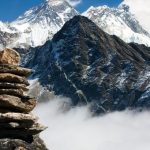
- OVERALL RISK: MEDIUM
- TRANSPORT & TAXIS RISK: HIGH
- PICKPOCKETS RISK: HIGH
- NATURAL DISASTERS RISK: MEDIUM
- MUGGING RISK: MEDIUM
- TERRORISM RISK: MEDIUM
- SCAMS RISK: MEDIUM
- WOMEN TRAVELERS RISK: MEDIUM
Frequently Asked Questions
What natural landscape feature is Nepal famous for?
The Himalayas in Nepal call for those who love mountaineering and hiking and help make Nepal famous worldwide as one of the premier hiking spots in the world.
Nepal is the site of eight of the world’s 8000m peaks, including the highest peak, Mount Everest, or Sagarmatha, “Goddess Mother,” as the locals call it.
Is Nepal a culturally diverse country?
Possessing over 100 ethnic groups and 120 languages, Nepal embodies a rich historical tapestry, and Nepal is generous in its diversity and embraces a multitude of histories, traditions, and practices.
The nation is multi-ethnic, multicultural, and multilingual.
This diversity is showcased in the country’s architecture, festivals, food, art, and customs.
Immerse yourself in the regional scene by joining in on celebrations and events that honor the unique history and culture of the region.
Fun fact: there is an important festival almost monthly, so whenever you visit, there’s a great chance that you’ll have the opportunity to enjoy an immersive cultural experience.
Is Nepal a good region for shopping? What can I buy there?
Nepal is famous worldwide for the elegance and quality of its artisanal workers and handicrafts and its shopping opportunities.
The region’s home to many traditional handicrafts that showcase and highlight the country’s rich customs and cultural diversity.
Some of the unique items that you might shop for and enjoy–and that will be easy to transport in your luggage or mail home–include the following:
- Singing Bowls
- Pashminas/ Cashmere Textiles
- Jewellery
- Thangka Paintings
- Khukuri knives
- Prayer Flags
- Unique Clothing
- Nepali Tea
- Hemp Textiles
- Trekking Gear
- Tibetan Prayer Flags
- Rice paper
- Mala Beads
What are Nepal’s historical/religious traditions?
Nepal is a secular nation, yet it allows for multi-theological practices; religion in Nepal encompasses a wide diversity of groups and beliefs.
The Nepali constitution guarantees freedom of religion.
Therefore, forced conversion from Hinduism to other religions is against the law. However, people can change their faith on their own.
Hinduism and Buddhism are the two organized belief systems with the most adherents in Nepal and represent approximately 81% and 9% of the nationwide population, respectively.
In addition, Hinduism and Buddhism are interwoven in some communities.
And the country has many important religious sites; for example, the renowned Pashupatinath Temple, a UNESCO World Heritage Site, a sacred place that draws Hindus worldwide to make a holy pilgrimage.
Other faith traditions in Nepal include Kiratism, practiced by the indigenous Kirati people, plus Christianity, Sikhism, Islam, Jainism, and the Bahá’í Faith.
Lumbini, situated in southern Nepal, is a beautiful spot to learn about Buddhist traditions, attracting many visitors as the birthplace of Siddhartha Gautama.
It’s honored by pilgrims from around the world who walk in the Buddha’s tranquil garden and meditate in the ancient temple.
When’s a good time to visit Nepal?
It depends on what you’re looking for.
January and February can be cold, especially at night, but the trade-off is incredible vistas and radiant skies.
And while high-altitude hiking isn’t recommended this season, there are still many possibilities to explore nature and the quieter hiking trails during the winter.
The weather patterns give dry conditions until April. So, yes, this means springtime is an excellent time to travel.
And then, right on target, and as you’d expect, the heat and humidity build until the relief of June’s monsoon season, which lasts until approximately the end of August.
Unfortunately, the heavy rain and landslides make travel challenging, with the clouds obscuring the majestic mountain views and many places and businesses shutting down, so this may not be the optimum time to travel.
This brings us to autumn, a popular time to visit.
Nepal welcomes many guests in October, November, and December, and visitors are treated to clear, brilliant blue skies and breathtaking views.
Is Nepal an excellent country to visit for those who love nature?
Nepal is a beautiful country with so much to offer to those who appreciate nature’s bounty.
Within Nepal’s borders lie 12 national parks, 13 buffer zones, one wildlife reserve, and six conservation areas; the region draws people worldwide.
Nepal is home to a wonderfully diverse range of wildlife and some of the world’s most endangered or rare creatures, such as snow leopards, Asian elephants, red pandas, the Royal Bengal tiger, and one-horned rhinos, among many other amazing animals.
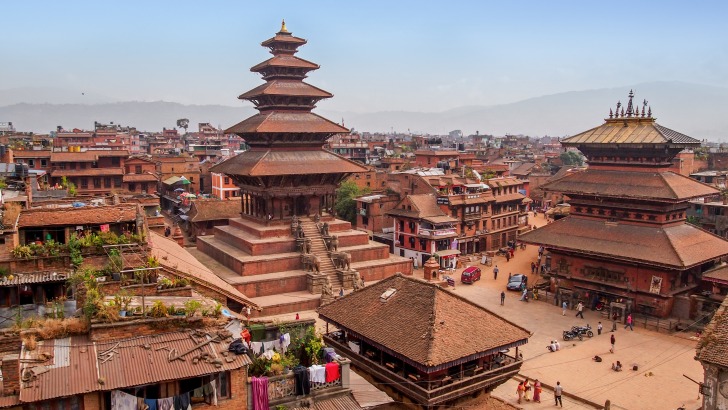
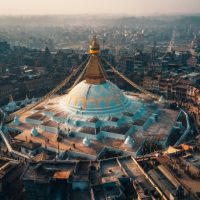
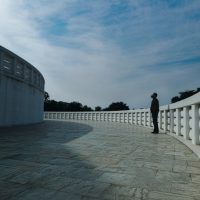
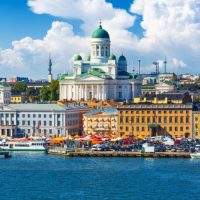
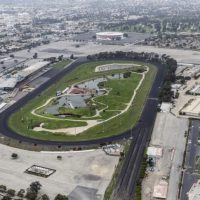
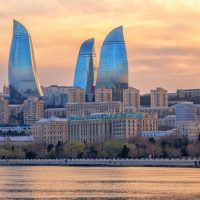
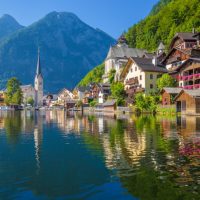





Always remember, it’s best to be cautious and report any crimes rather than risk getting into a dangerous situation.